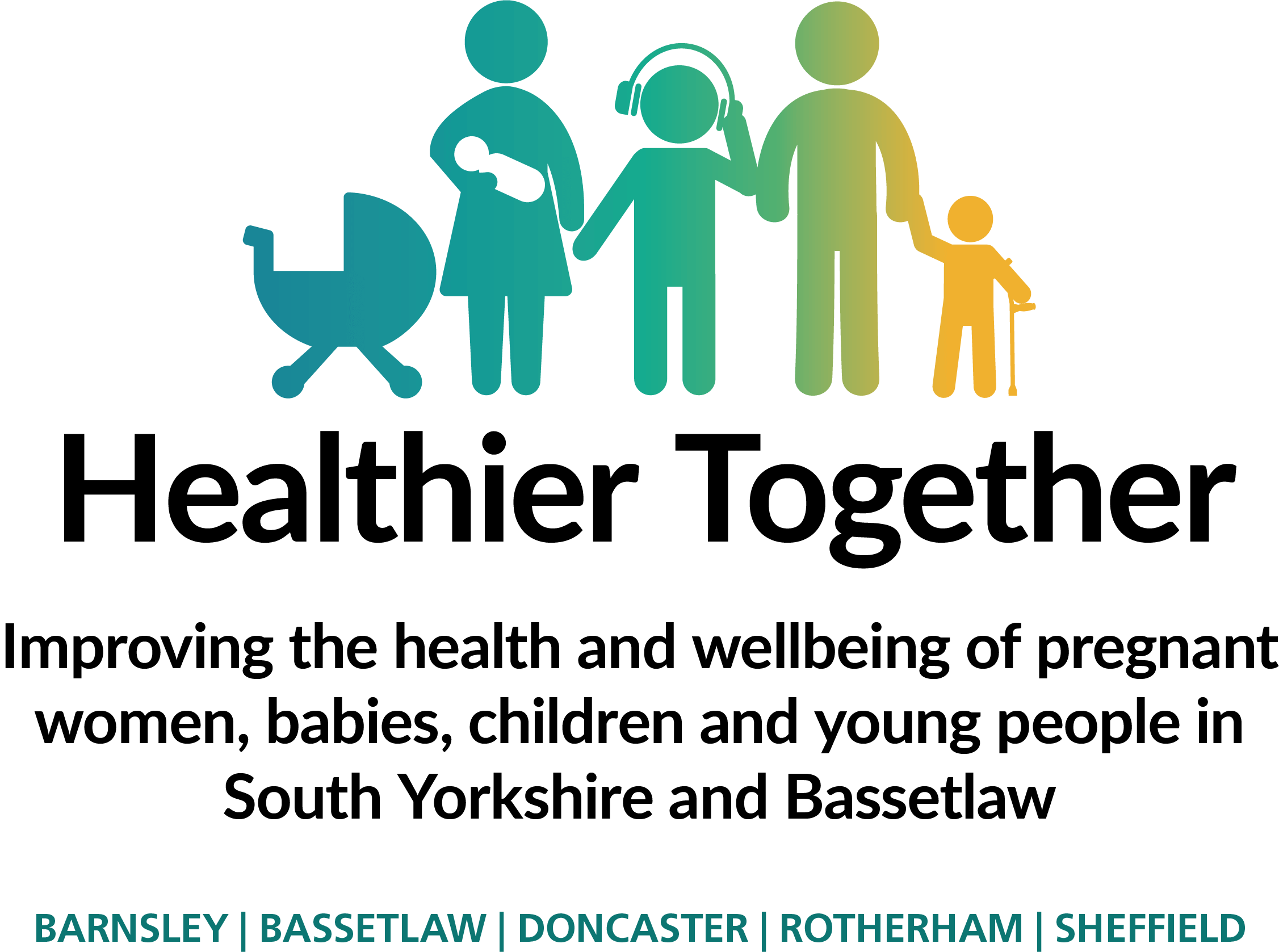Obsessive-compulsive disorder (OCD) is a form of anxiety disorder. It is often talked about in daily conversation. We hear people being described as being 'a bit OCD', in reality the disorder is far more complex and serious than someone merely wanting things to be clean and tidy.
Perinatal OCD is when you experience OCD during pregnancy or in the year after childbirth.
You may also hear the disorder being referred to as postpartum OCD.
Until recently OCD in pregnancy and/or after having a baby had not been researched in much detail. However, this has changed in recent years. It's now said that OCD may well be more common at this time than other times in life.
Perinatal OCD often (but not always) revolved around significant fear of harm coming to your baby, with the worries often focused on accidentally or deliberately harming your baby or the baby becoming ill. It is important to note that this is completely normal and very common to occasionally experience these worries. However, some people find themselves so distressed that they will take measures to manage their anxiety or prevent their fears coming true in the form of obsessive and/or compulsive behaviours. These are the two primary behavioural patterns of OCD:
- Obsessions - are intrusive thoughts , ideas or urges that repeatedly appear in your mind. An example of this could be thinking that dirt and germs have contaminated you. Or, it could be worrying that you might hurt someone.
- Compulsions - are repetitive activities that you feel you have to do. This could be something like repeatedly washing your hands to make sure they're clean, or repeating a specific phrase in your head to prevent harm from coming to a loved one.
Below are some examples of common obsessions and compulsions:



